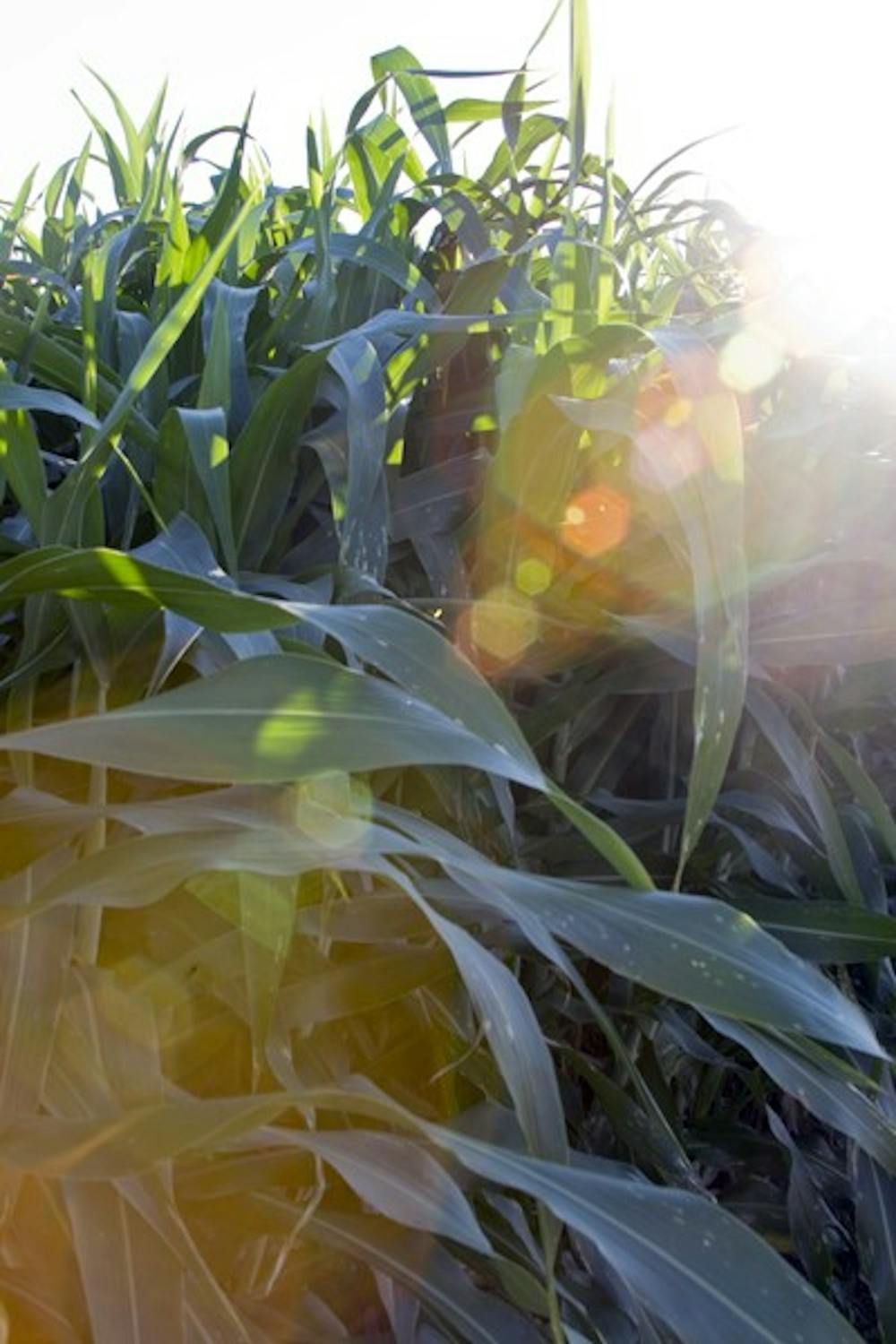Will Ewing, a student at Columbia University, took a semester off school last spring to travel to Australia for two months. First, he stayed with a married couple that rounded up wild horses causing problems in rural areas and tamed them. Ewing had no prior experience with horses, so his tasks were completely new to him — a common experience among first-time WWOOFers, he says, and all the more reason to try it.
“This was a great way to get experience doing something you might otherwise not try,” he says.
WWOOF, or World Wide Opportunities on Organic Farms, began in 1971 when an English secretary named Sue Coppard decided to organize a small weekend trip of Londoners to volunteer their time working on a farm in the countryside. The experiment was so successful, the story goes, that soon Coppard became the founder of a growing organization dedicated to providing access to rural areas for people who support the organic movement or are unfamiliar with what the lifestyle entails.
Nearly four decades later, that initial mission remains essentially unchanged. What’s different is the organization’s scope: There are now WWOOF organizations established in at least 50 countries on six continents (sorry, no organic farming adventures await in Antarctica). There are farms in every state, District of Columbia, the Virgin Islands and Puerto Rico. And there are 32 WWOOF sites listed under the Grand Canyon State alone.
During his time abroad, Ewing WWOOFed with three different hosts, staying at hostels in major cities in-between. Ewing got the idea, he says, from friends who had used WWOOFing to travel on an inexpensive and rewarding adventure to places like Japan and Italy.

To him, WWOOF is a particularly good option for college students, because they can gain work and travel experience that would be unavailable otherwise, and for almost no monetary cost. “It was the best way I could think of to [travel] cheaply,” Ewing says.
His second host was “an older, sort of hippie woman” who grew all her own food in her backyard, but Ewing didn’t work on her property during the week. The woman, who lived in a beach town about an hour and a half south of Melbourne, had Ewing assist her and her friends with a coastal regeneration project. They went out to the beach for four hours each day, Ewing says, pulling weeds in order to prevent them from invading native wildlife and vegetation.
Typically, WWOOFers work about half a day (4-6 hours) on the site, performing daily tasks according to their host’s needs. In turn, the host provides his or her WWOOFer with food as well as room and board. No money is exchanged between host and volunteer.
Ewing's host was a vegan, and he says he had his first initiation into that diet during his stay with her. She also enjoyed birdwatching, he says, and “randomly knew all the species of birds ” in the area. “She would wake me up early to show me birds for an hour every day before doing anything else,” Ewings says.
“You really learn to live someone else’s reality,” which is one of the best parts of the WWOOFing experience, he adds.
At every place he stayed, Ewing’s hosts went out of their way to show him their area of Australia and its local flavors. He also had his own room and bed each time, and was the only WWOOFer at those particular sites, though he cautions that not every WWOOFing experience is like his.
“Anyone doing this is going to have their own preferences, and I guess mine was to shy away from commercial farms or places where there were a lot of people,” Ewing says.
How to WWOOF
Where you start depends on where you want to go. Most countries have their own freestanding organizations, each with their own lists and memberships. If you’re a first-time WWOOFer, you might want to start a little closer to home, but there’s a whole world out there waiting for you Who knows? Maybe you’ll end up taming horses in the Australian outback or harvesting tea in the hills of Taiwan.
Have you chosen your destination country yet? Congrats, you’re almost there. Now let’s get the WWOOF outta here…
Click the “sign up now” tab at the top right of the screen, then “Become a WWOOF Member.”
Pay the one year, $30 membership fee to get full access to the online directory of farms and message board forums. (After paying the membership fee, you can choose to create a personal profile, which can be viewed, commented on or rated by WWOOF farmers.)
Find a farm. You can search by state, keyword and/or long-term versus short-term WWOOFing opportunities.
Browse through each farm’s bio, pictures, contact info and volunteering descriptions/conditions. Found a site that seems like a good match? Get in touch with them and see if they’re still looking for a WWOOFer like you. Exact terms and conditions are established directly between WWOOFer and host after this contact.
The SPM portion of this How-To ends here. Each WWOOFing experience is unique, so the rest is up to you. Find a way to get there, a reason to stay there, and maybe, an excuse never to come home.
Reach the reporter at trabens@asu.edu, before he jumps off the grid.





